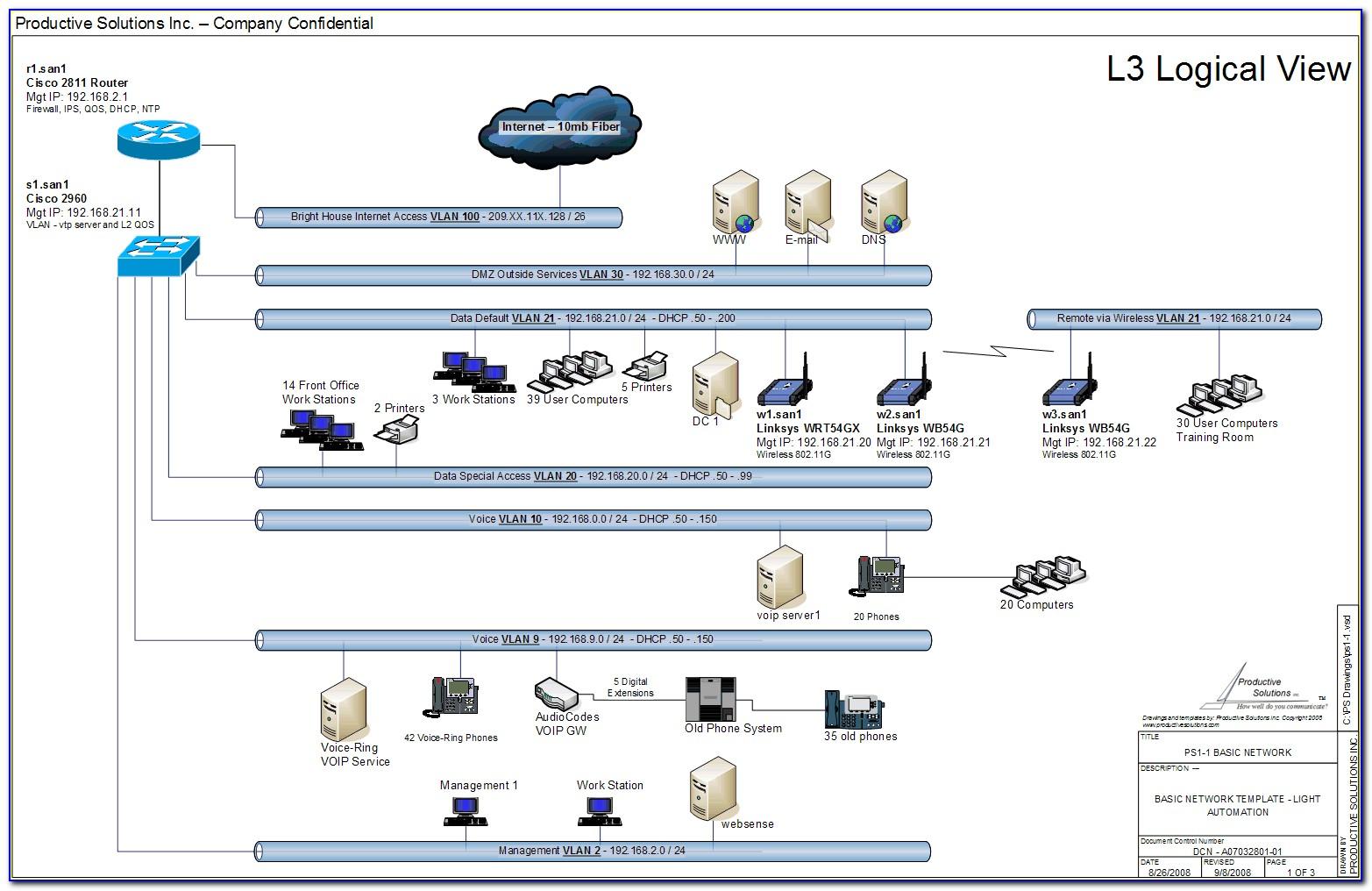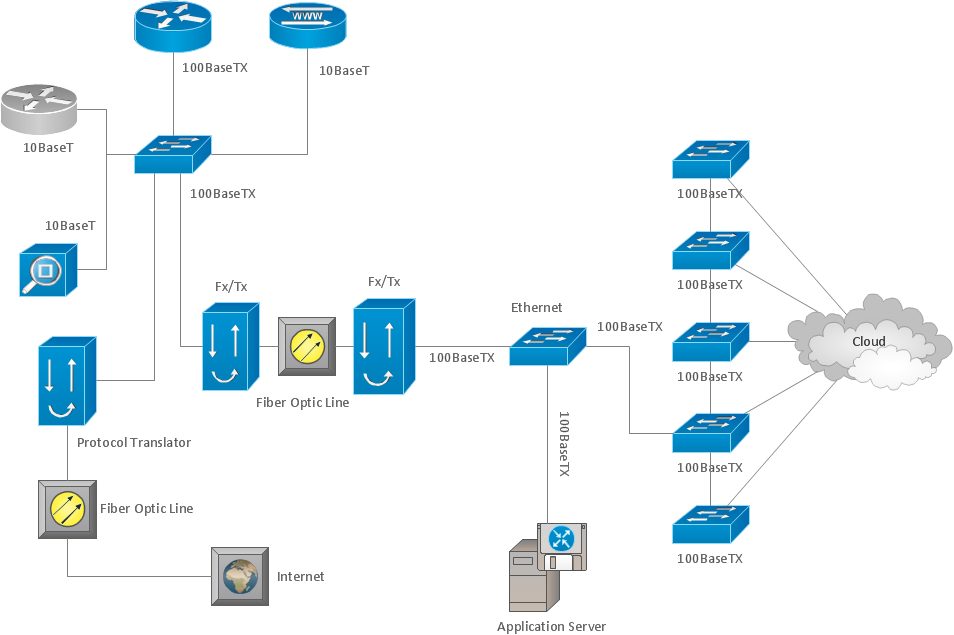


It also carries the idea of moving towards the future, reflecting your goals or ideal lifestyle. It is usually translated as life’s purpose, and refers to living a happy everyday life. Ikigai is a Japanese concept, which combines ‘iki’, meaning life, and ‘gai’, meaning value or worth. Before making a major decision about the direction of your life.When you do not feel happy with your current circumstances.When you feel that something is missing in your life.When you feel lost or without a clear sense of direction.“The most joyful and intrinsic motivation human beings have for taking any action is the desire to meet our needs and the needs of others.” - Marshall Rosenberg What is it for?įinding your optimal direction and life’s purpose. Then, I would be better able to align my actions with my purpose. What I needed for myself was a visual tool that could help me get to the core of what I truly wanted, and to help me understand why I didn’t feel fulfilled.

As the complexity of a decision increases, so does our tendency to stick with the answer we know. Making an alternative choice is hard because we are neurologically wired to favor the default solution, even if it brings suboptimal results. Welcome to the world of the status quo bias. Whether it’s an unfulfilling job, toxic relationship, bad politics, poor health, lack of education, or something else, we all have had experiences when we felt we should have taken action to change the situation, but we never did. However, every morning when I entered my office, I felt like a shadow of what I should be. There was really nothing about my job to complain about. Last, but not least, I felt that I was good at what I was doing, and my work had a positive impact on the company’s performance. The mission of the company was aligned with my personal values and I felt that I was making a positive impact in the world. The office had a nice and relaxed vibe to it, and my colleagues were very kind. An alarmingly low number, this raises an important question: if so many people are unhappy with their workplace, why aren’t they making a change?Īround a year ago, I was facing this problem myself. You might feel that way yourself.Įmployment is a good example: the Gallup 2017 State of Worldwide Workforce Report revealed that only 15% of full-time employees worldwide are enthusiastic about their work. How many people in your environment seem to have been stuck in the same situation for ages, unable to escape it’s tight-gripping claws?
#SIMPLEDIAGRAMS NETWORK SHAPES FULL#
To get the full benefit of this article, give yourself about an hour to create the diagrams yourself-either as you read it, or within 48 hours of reading it. However, you can take it even further by putting the graphics to practice and learning by doing (which brings the retention rate to a stunning 90%). That’s why people generally enjoy infographics, and that’s why we’re going to use graphs to integrate the knowledge in this article.


 0 kommentar(er)
0 kommentar(er)
